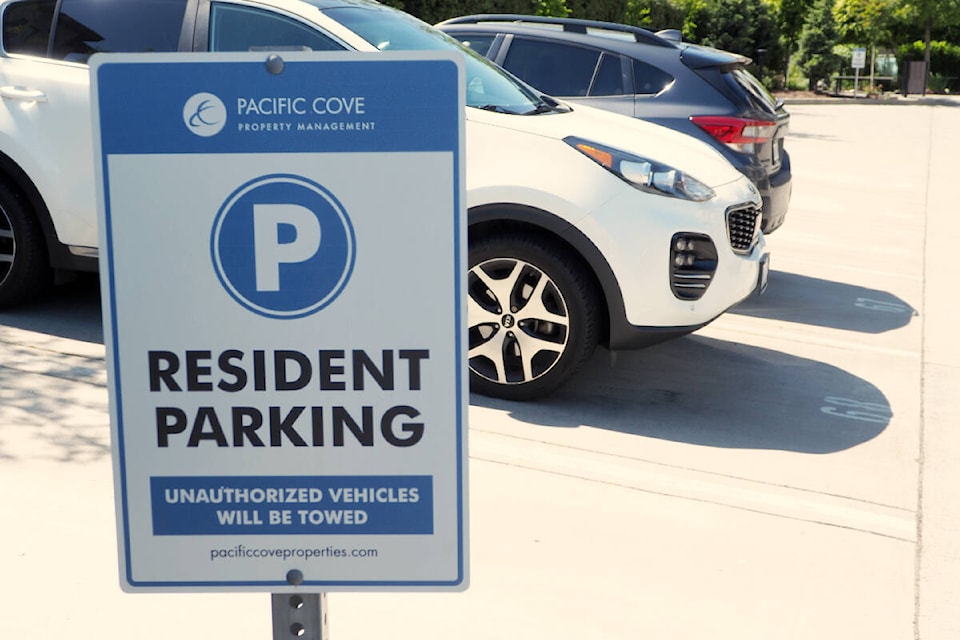City council expressed some opposition to the province undermining Nanaimo’s off-street parking requirements for multi-family developments, but voted to move forward with the necessary bylaw amendments.
At a council meeting Monday, May 6, councillors discussed compliance with provincially mandated transit-oriented areas, which prescribe certain building heights and density near transit exchanges.
The city’s first transit-oriented areas bylaw passed three readings, but along with it council also had to vote on an amended off-street parking bylaw that removes off-street parking space minimums at residential developments near bus loops.
Nanaimo has long required that new multi-family housing developments include a minimum number of off-street vehicle parking spaces for residents. The provincial legislation doesn’t ban residential off-street parking in transit-oriented areas, but it does force municipalities to remove off-street parking space minimums, effectively leaving developers to decide how many parking spaces to provide.
“Many of our requirements for small car spaces or accessible spaces is based on a ratio or a percentage of the required parking, but since in transit-oriented areas we can’t require parking, we had to amend that throughout the bylaw,” said Lisa Brinkman, manager of community planning. “Instead, what we’re saying is, of all the parking shown on your approved parking plan that’s part of your development, the same ratio would apply.”
Brinkman said in all, there were 17 changes made to the parking bylaw. One change staff spotlighted is an increase to the number of secure indoor bicycle parking spaces provided for each multi-family residential unit in transit-oriented areas from 0.5 to one per unit.
Brinkman said Kelowna and Victoria currently require one or more bike spaces per unit and Burnaby requires two bike spaces per unit.
Councillors Ian Thorpe and Sheryl Armstrong expressed their displeasure with the off-street parking amendment bylaw.
“I acknowledge that we are responding to provincial legislation…” Thorpe said. “I just see this as an ongoing attack on cars and parking. I consider it extremely unrealistic and unattainable and I don’t think it’s fair to our citizens, so I will not support this.”
Armstrong said she agreed with Thorpe’s comments.
“Not only that, we’re going to see an increase in parking in neighbourhoods and there are going to be more neighbourhood disputes, we’re going to have more police required and more bylaws just to enforce this,” Armstrong said.
“I would say let’s just let the free market decide,” said Coun. Tyler Brown.
Nanaimo Mayor Leonard Krog said voting on the bylaw was for him a “fairly simple proposition.”
“We’re required to bring our bylaws into accordance with the provincial legislation. I don’t see much choice,” Krog said.
The parking bylaw amendments passed two readings with Thorpe and Armstrong opposed and council voted unanimously to forward the topic to a public hearing.
The transit-oriented areas bylaw passed three readings with Armstrong opposed.
READ ALSO: Province’s transit-oriented areas don’t quite align with Nanaimo’s city plan
